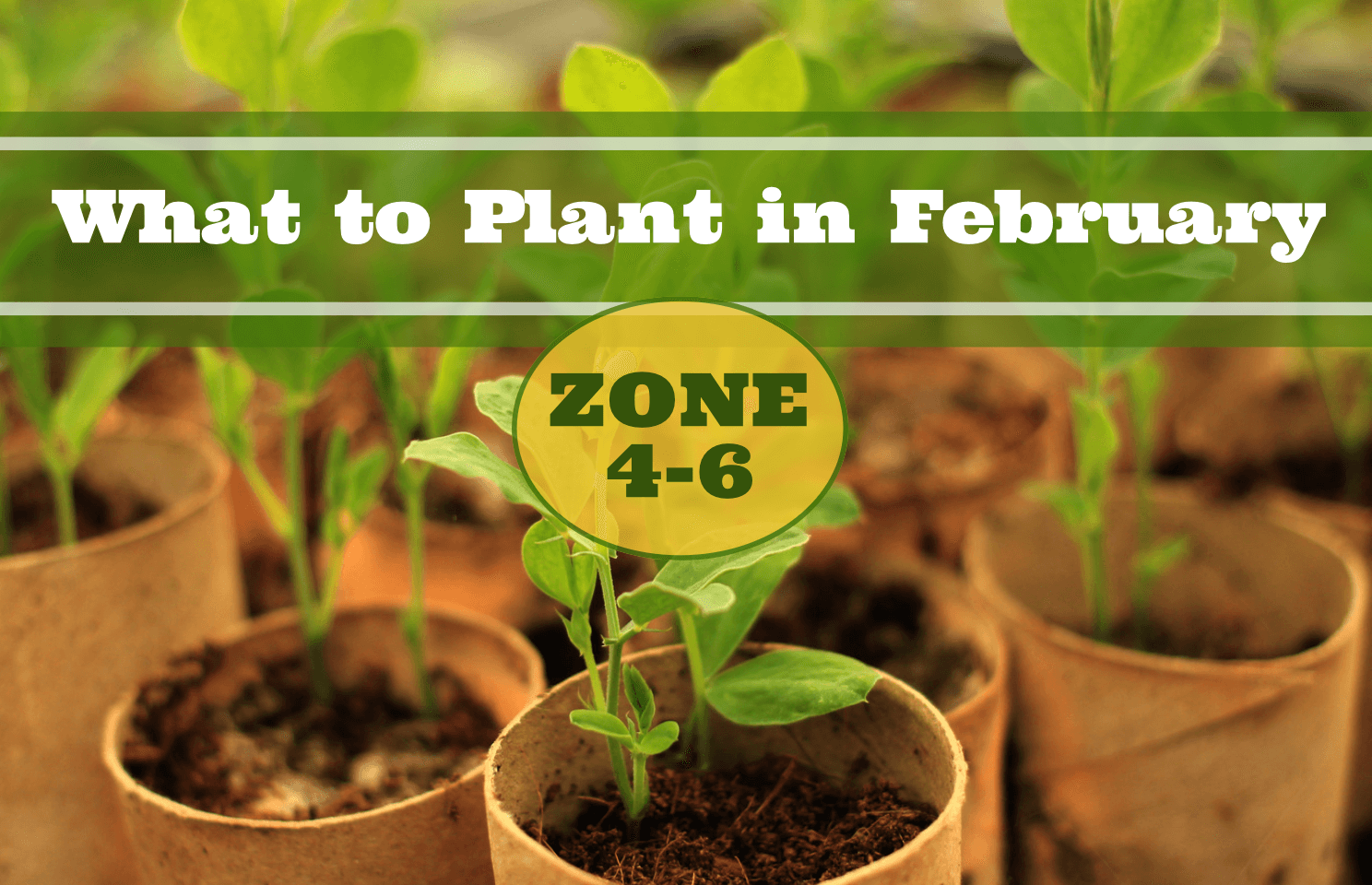
February in zones 4-6 means we’re still firmly in winter’s grip, with temperatures swinging from a teeth-chattering -20°F to an occasionally hopeful 35°F. While your garden beds might still be hidden under that stubborn blanket of snow, your windowsills are about to become prime real estate for seed starting season!
Sure, your neighbor might think you’ve lost it when they see your dining room transformed into a mini greenhouse. But who’ll be laughing when you’re harvesting the first tomatoes on the block? February is when us northern gardeners get to flex our indoor growing muscles and get a jump start on the season.
So plug in those grow lights, dust off your seed starting trays, and let’s get growing! Spring might still feel like a distant dream, but in just a few weeks, your house will be filled with promising green seedlings.
What to Plant Indoors in February
If you’re planning for a May 1st last frost date, February is prime time to start several vegetables indoors. Here’s what you can start sowing now:
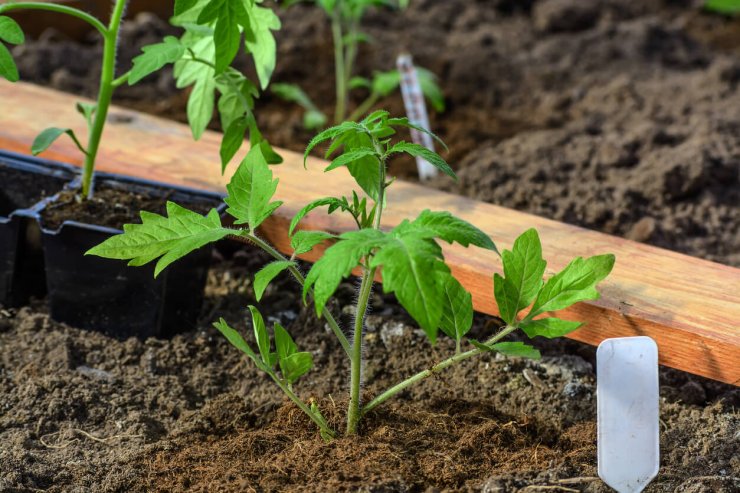
Tomato seedling in the garden
Tomatoes (8-10 weeks before last frost)
- Long-season varieties like ‘Brandywine’ and ‘Cherokee Purple’
- Beefsteak types like ‘German Johnson’ and ‘Mortgage Lifter’
While most tomatoes can wait until March, those big beautiful heirloom varieties need extra time to mature. Start these slow-growing types now, keeping soil temperature around 75°F for best germination. Once sprouted, provide strong light and good air circulation to prevent leggy seedlings. A gentle fan can help strengthen stems.
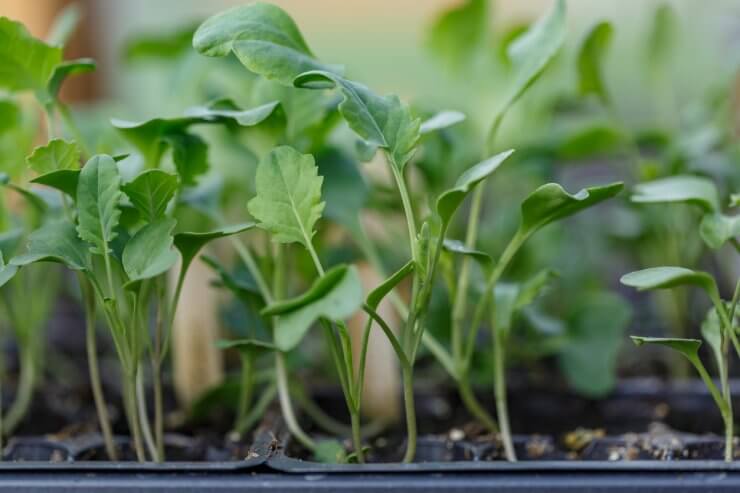
Broccoli seedlings
Heading Brassicas (8-10 weeks before last frost)
- Broccoli varieties like ‘Green Magic’ and ‘Calabrese’
- Cauliflower types like ‘Snow Crown’ and ‘Amazing’
- Early cabbage varieties like ‘Golden Acre’ and ‘Copenhagen Market’
These cool-season crops can be started now for early spring transplanting. They’re more cold-tolerant than many vegetables, so they can go out a bit earlier in spring. Keep temperatures around 65-70°F for strong, stocky growth. Feed with diluted fish emulsion once true leaves appear.
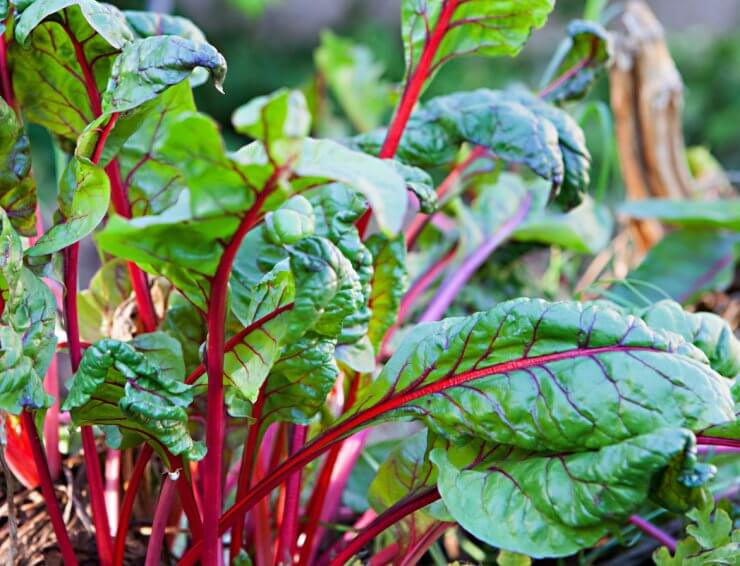
Swiss Chard (8-10 weeks before last frost)
- ‘Bright Lights’ for colorful stems
- ‘Fordhook Giant’ for productive, reliable growth
While you can direct sow chard later, starting it early gives you a jump on the season. The seeds are actually clusters of seeds, so don’t be surprised when multiple seedlings emerge – just thin to the strongest one. Keep soil consistently moist and temperatures around 70°F.

Chile pepper seedlings growing in seed starter tray
Peppers (10-12 weeks before last frost)
- Hot peppers like ‘Hungarian Hot Wax’ and ‘Early Jalapeno’
- Sweet peppers like ‘King of the North’ and ‘California Wonder’
Peppers are notorious slow-pokes when it comes to germination and growth, which is why we start them so early. Keep the soil warm (80-85°F) using a heat mat – they’re real heat lovers! Once seedlings emerge, they need strong light and temperatures around 70-75°F. Start fertilizing with diluted liquid fertilizer when the first true leaves appear. These babies are sensitive to cold, so don’t rush to transplant them in spring until soil temperatures warm up.

Eggplant (10-12 weeks before last frost)
- ‘Black Beauty’ is a reliable classic
- ‘Rosa Bianca’ for something fancy
- ‘Little Fingers’ for container growing
Like their pepper cousins, eggplants need warm soil to germinate and plenty of light to prevent leggy seedlings. Use a heat mat to maintain soil temperature around 80-85°F. Keep them cozy – these Mediterranean beauties hate cold drafts! Once they have their first true leaves, feed them every two weeks with diluted liquid fertilizer.

Parsley (10-12 weeks before last frost)
- ‘Giant of Italy’ for robust flat-leaf variety
- ‘Forest Green’ for classic curly type
Don’t let parsley’s slow germination discourage you – good things come to those who wait! Soak seeds overnight before planting to speed things up. Even then, it can take 2-3 weeks to see those first shoots. Keep soil consistently moist but not waterlogged. Once growing, parsley is pretty low-maintenance and will reward your patience with fresh herbs all season long.
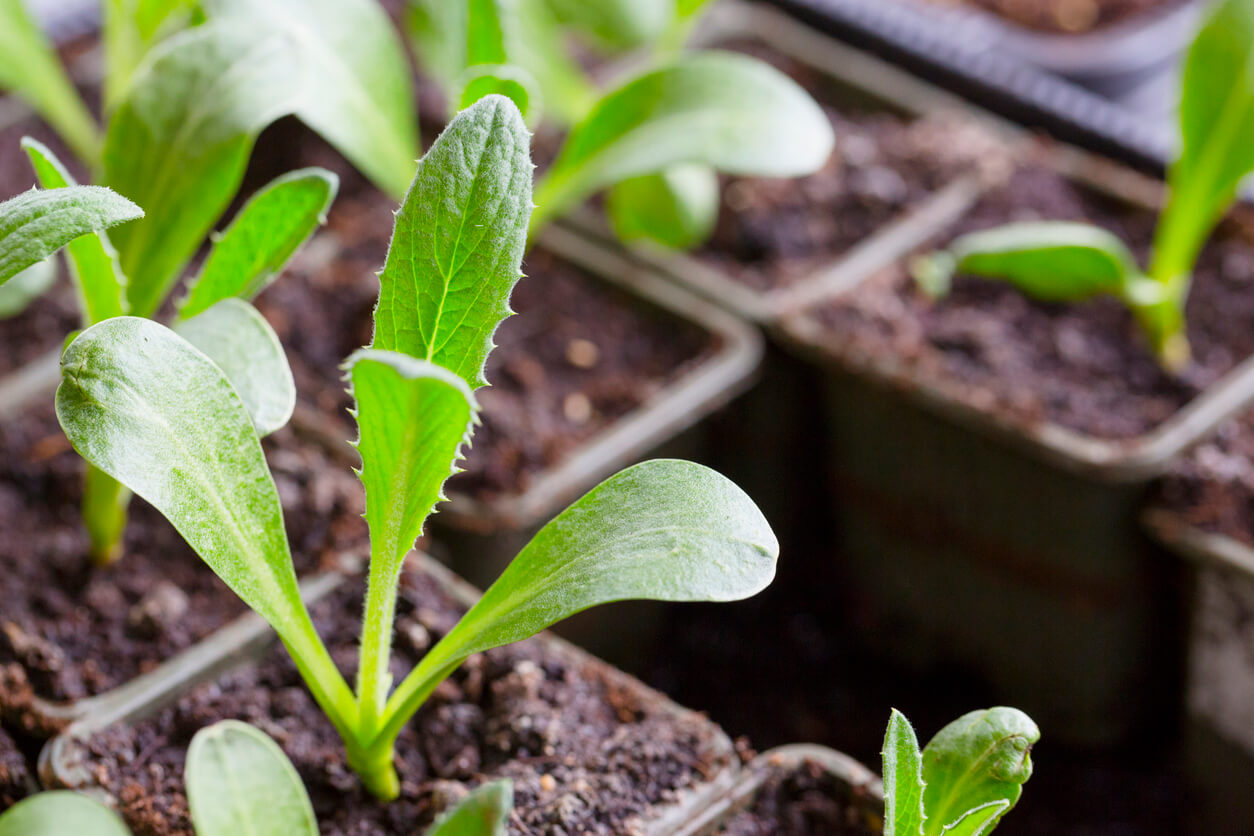
Artichokes (10-12 weeks before last frost, if growing as annuals)
- ‘Imperial Star’ is bred for annual production
- ‘Green Globe’ is reliable in zones 4-6
Yes, you can grow artichokes in our northern zones! The trick is starting them early enough and treating them as annuals. They need consistent temperatures and strong light to develop well. Keep soil evenly moist and feed regularly once true leaves appear. These plants get large, so give them plenty of room as they grow.
Continue Growing from January:
If you started these last month, keep nurturing:
Essential February Garden Tasks
While your seedlings are growing, there’s plenty to keep you busy:
- Monitor your grow lights – seedlings need 14-16 hours of light daily. Keep lights just a few inches above the plants and adjust height as they grow.
- Start a garden journal to track planting dates and germination rates. Trust me, your future self will thank you!
- Check stored garden supplies and restock as needed. Those peat pots and potting soil won’t buy themselves.
- Begin hardening off any January-started seedlings that are getting large.
- Keep dreaming and planning – your seed catalogs should be well-thumbed by now!
Tips for Seed Starting Success:
- Use fresh, high-quality potting mix
- Label everything – seriously, you won’t remember what’s what
- Maintain good air circulation to prevent damping off
- Bottom water when possible to avoid displacing seeds
- Check moisture levels daily – heat mats can dry soil quickly
Remember, February might be cold outside, but it’s growing season in your window garden! Each tiny seedling is a promise of warmer days and fresh harvests to come. Plus, there’s something magical about nurturing new life while winter rages on outside.
What are you starting this month? Are you trying any new varieties? Drop a comment below and let’s talk seeds!


 Previous
Previous


This is the first year I will be planting a garden, my Dad was the gardener and maintained a large garden even into his mid-nineties. We lost him last year so my husband, Ken, and I will put in a garden. Even though we have acerage and a tractor we will be putting in an above-ground garden. Without Dad, we are very overwhelmed. Any wisdom will be greatly appreciated.
Hi Catherine, I’m very sorry about your dad. Are you taking over his garden? Gardens are a lot of work, so I suggest starting small, choosing fruits and vegetables you truly want to grow. You can always cover unused beds with solarizing cover for a season or two until you decide what to do, so they don’t fill with weeds that will be hard to remove later. Covering them with a black plastic will also kill bad bacteria in the soil, so it’s recommended to do every once in a while anyway! If you know where he planted perennials, that will be helpful so you don’t cover those. You may want to see what pops up in early spring if you don’t know.
But if you’re starting anew on your own lot, welcome to gardening (either, way, really!) I would suggest to start small, and think about what you want to eat. I used to plant 12 different tomato plants for years before I realized I don’t really need THAT many tomatoes, and couldn’t keep up with it. Over the years I’ve grown to appreciate my herbs the most and focus on those, with sprinkles of other crops that I’m in the mood for that year or want to try. You could plant a few beds, and always add more later! If this is your first year, unless you really want to start from seeds, you could also start with seedlings from your local farmer’s co-op, farmer’s market, or gardening center. Just be sure to check where you buy them and ask when it’s safe to plant them in the ground in your zone. They often put out seedlings WAY before it’s safe to actually plant them, which means you’ll need to care for them until then.
I hope that’s helpful! Start small if you’re overwhelmed, and choose plants that excite you and that you’ll want to care for and eat! 🙂 Tomatoes take a lot of space, so having a large tomato cage for those plants is necessary. And if you only kind-of enjoy tomatoes, a sweet cherry tomato plant is the way to go! They’re easy to grow, produce a lot, and delicious!
Happy gardening!